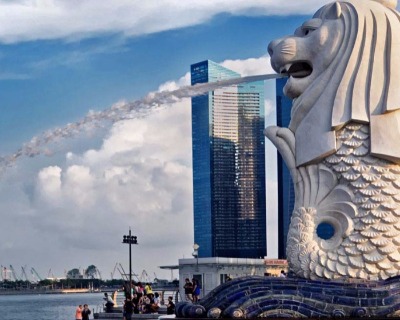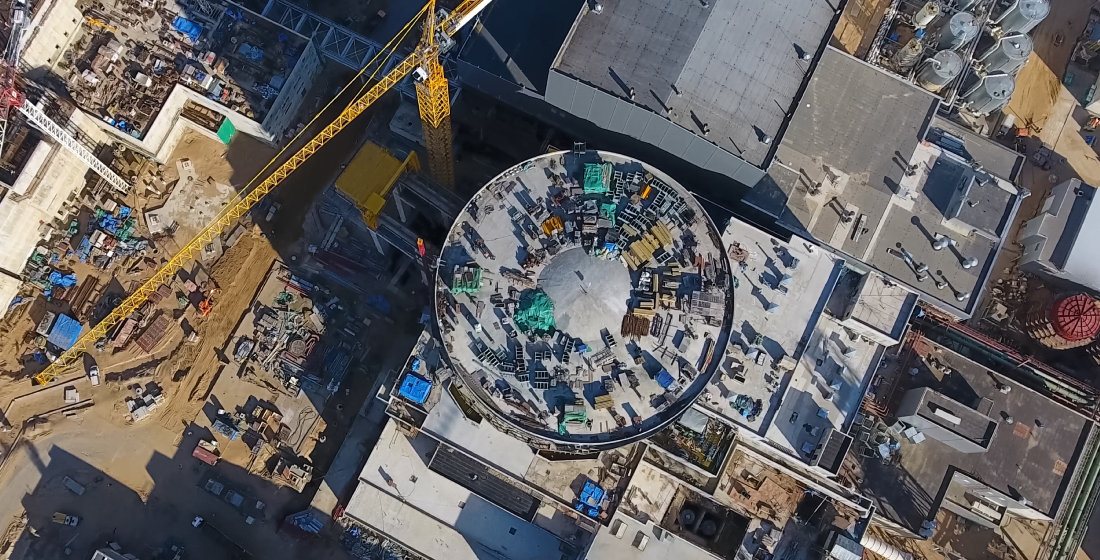Asian trade worries drives up CPRI demand
There has been a rising demand in the Credit and Political Risk Insurance (CPRI) market as Asia reacts to rising debts and weakening currencies. The effect on the Asian trade space has seen the rise of default claims on commodities and a drop in exports.

There has been a rising demand in the Credit and Political Risk Insurance (CPRI) market as Asia reacts to rising debts and weakening currencies. The effect on the Asian trade space has seen the rise of default claims on commodities and a drop in exports.
Credit and political risk insurers have noted a rise in Asian corporate debt recently as they see demand increase within the region. Some industry observers see this as the markets nervously awaiting Trump’s tariffs, while others cite the depreciating yuan.
London headquartered political and credit risk insurance fund, BPL Global’s assistant director, Harry McIndoe, tells TXF: “2016 has been an interesting year for the Credit & Political Risk Insurance (CPRI) market in Asia. Demand from users of the product is up; partly because of rising defaults in the region, but also because of an increased awareness amongst banks and corporates of the risk and balance sheet benefits that CPRI brings.”
Asian markets tumbled after Donald Trump secured the US Presidency in November, with Japan’s Nikkei falling 5.4% to a three-month low and Taiwan’s bourse dropping by nearly 3%. There were smaller falls seen in the Philippine, South Korean and Hong Kong stock markets.
The stocks stabilised slightly towards the end of November, but the sharp fall still means increased volatility in the trade space. A falling yuan perpetuates the situation further, which pushes up domestic borrowing costs.
Texel Asia’s managing director, William Shaw, tells TXF: “The overall claims situation in Asia-Pacific is probably about $450 million, and bear in mind that in the financial crisis it was about a tenth of that.”
Although Trump has unsettled the markets, people need to stay in touch with US trade. Trump’s rhetoric damning free trade and support of domestic industry could see trade barriers rise, but the US will still need trade ties with Asia for commodities and manufacturing materials. China has been the world’s largest exporter since 2013, with 16.4% of its exports heading to the US in 2014.
India, China and Singapore have seen an increase in defaults, but for reasons beyond Trump. All three are commodity dependent.
For example, the steel sector has seen rising defaults and particularly an increase in corporate protectionism because of high trade competition. The Chinese government’s trade deal with the US and Europe has caused these countries to put up trade barriers. Subsequently Indian producers are having difficulty as they cannot afford to export to those markets – producing defaults in the steel sector.
For Singapore, it is less clear as to why its companies have been suffering from corporate defaults and rising insurance claims. McIndoe says: “The claims environment in the region has also been busier than ever, non-payments in the commodities space have been widespread, but the CPRI market has proved resilient when it comes to paying claims.
“People are realising they need to call a specialist insurance broker to see if they can cover particular credit or political risks in the markets in which they operate. Singapore has also seen its share of defaults, with a few high-profile insolvencies over the past few years, some of which would've undoubtedly resulted in CPRI claims.”
China fights back
China’s GDP for the last few years has been between 6-7%. Forecast at 6.8% for the next quarter, it is still growing quicker than the rest of the world. The UK is forecast to grow at 0.6% in the next quarter, while the US is forecast at 1.2%.
The demographics for the Asia-Pacific region are set for growth, with a high proportion of young people in developing economies such as Indonesia, Thailand and South-East Asia.
According to Credit Suisse, China has almost doubled foreign direct investment into the six biggest nations in South-East Asia this year. The Chinese economy has slowed down, but it is still the biggest driver of the Asian economy.
McIndoe concludes: “Despite an overall slowdown in global trade over the past few years, growth levels for many countries in the region are still impressive so I think that there is still a lot of opportunity for the CPRI market to grow.
“Meanwhile political and economic concerns in various areas as well see an increased awareness of the value that the product brings will continue to spur demand."





